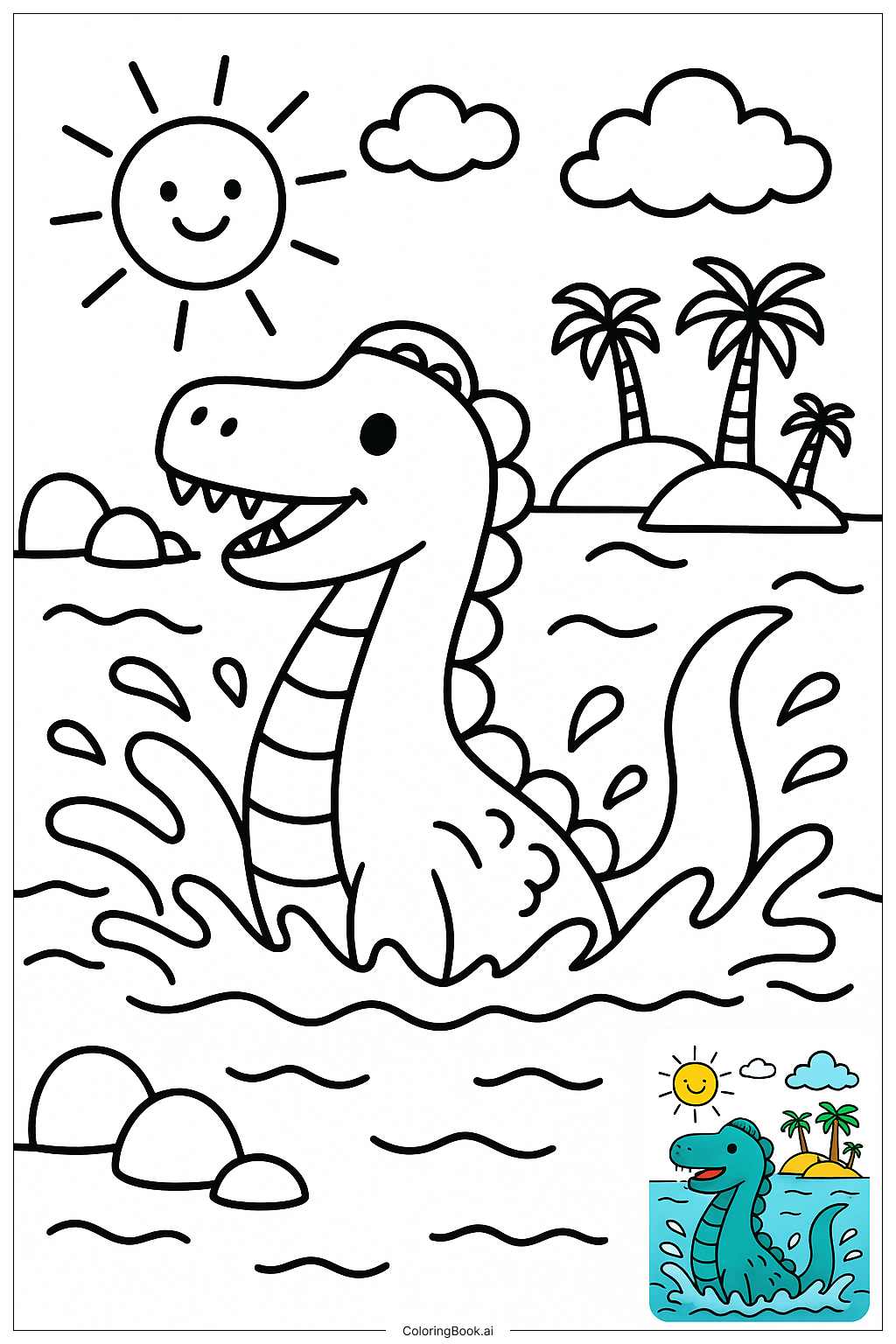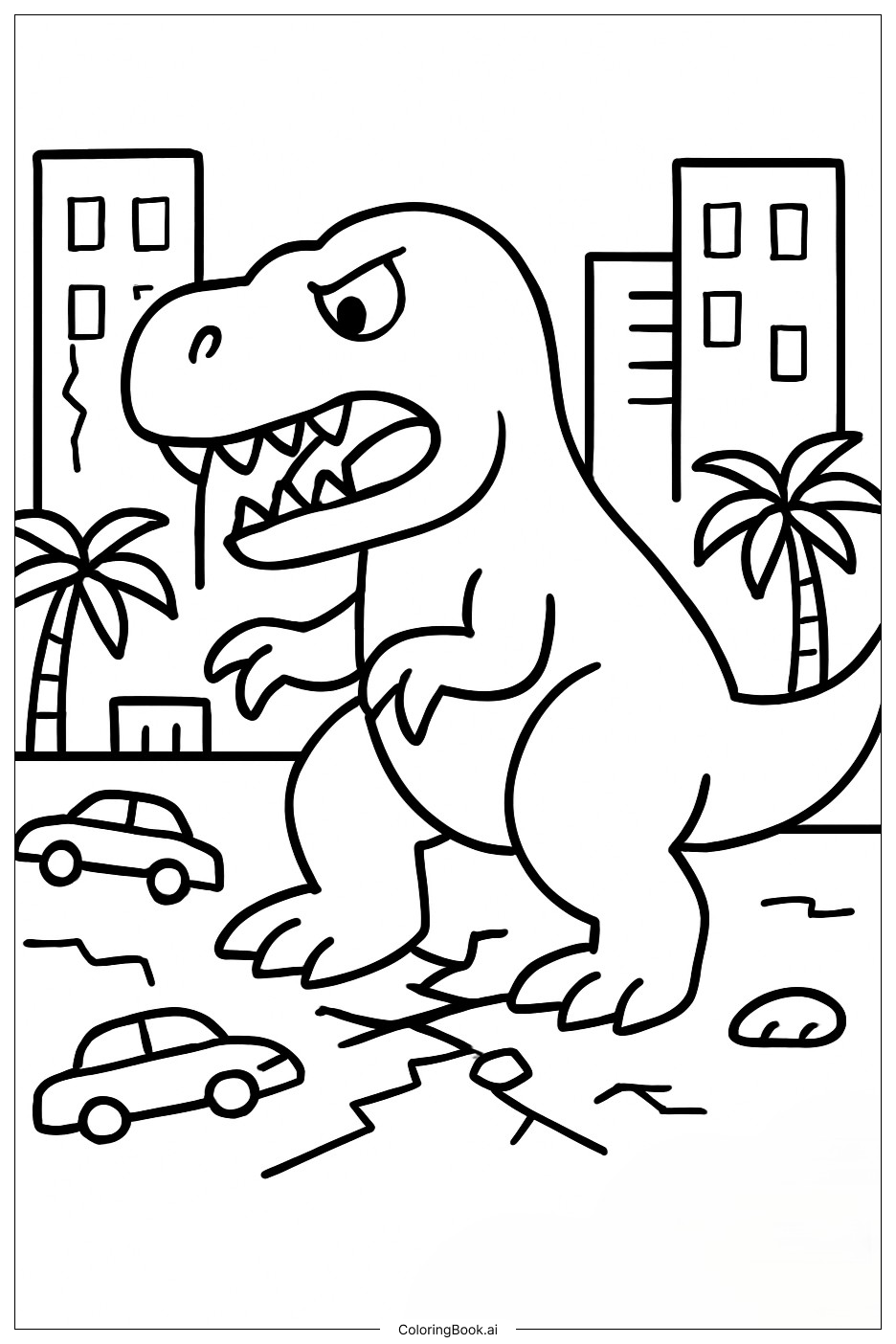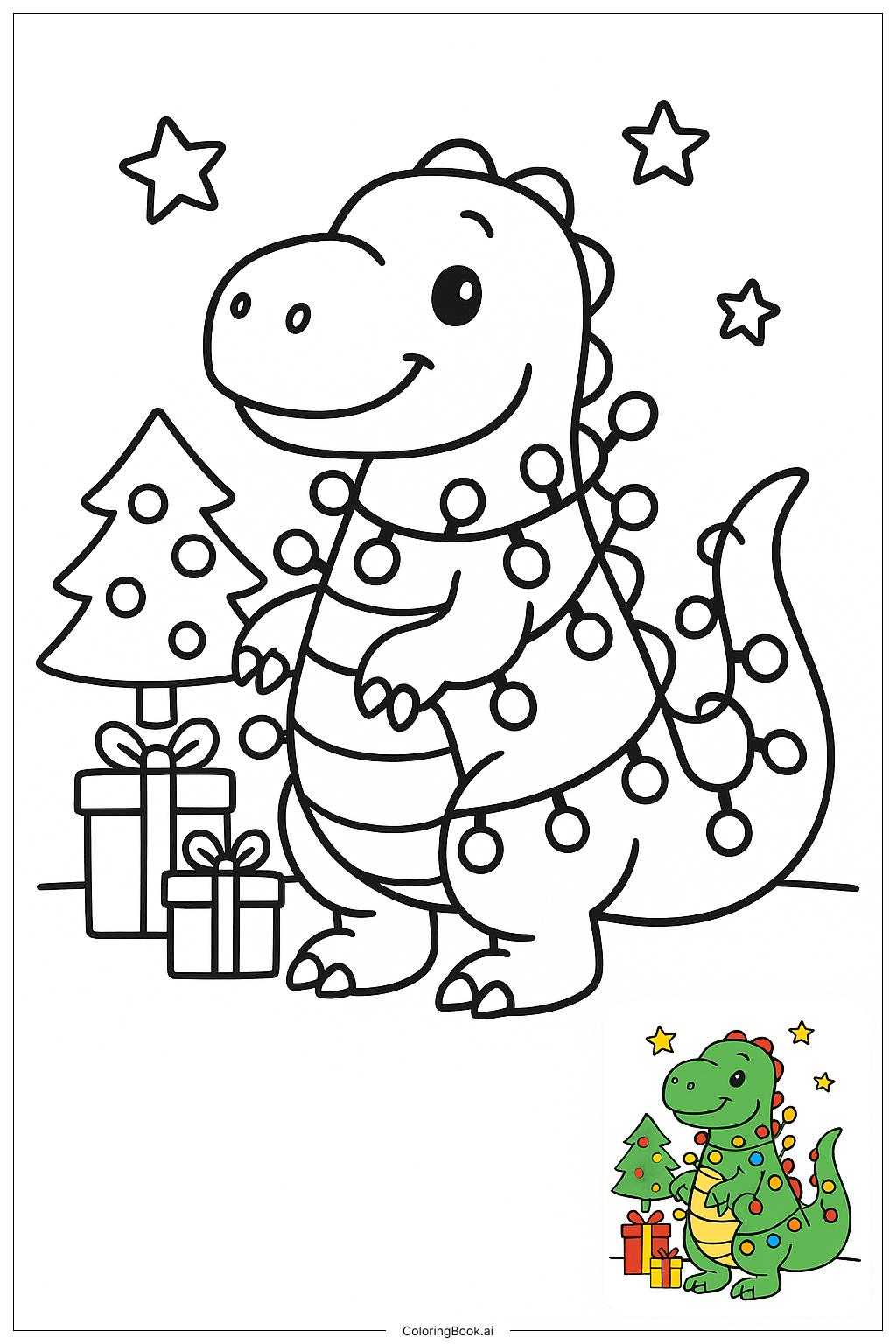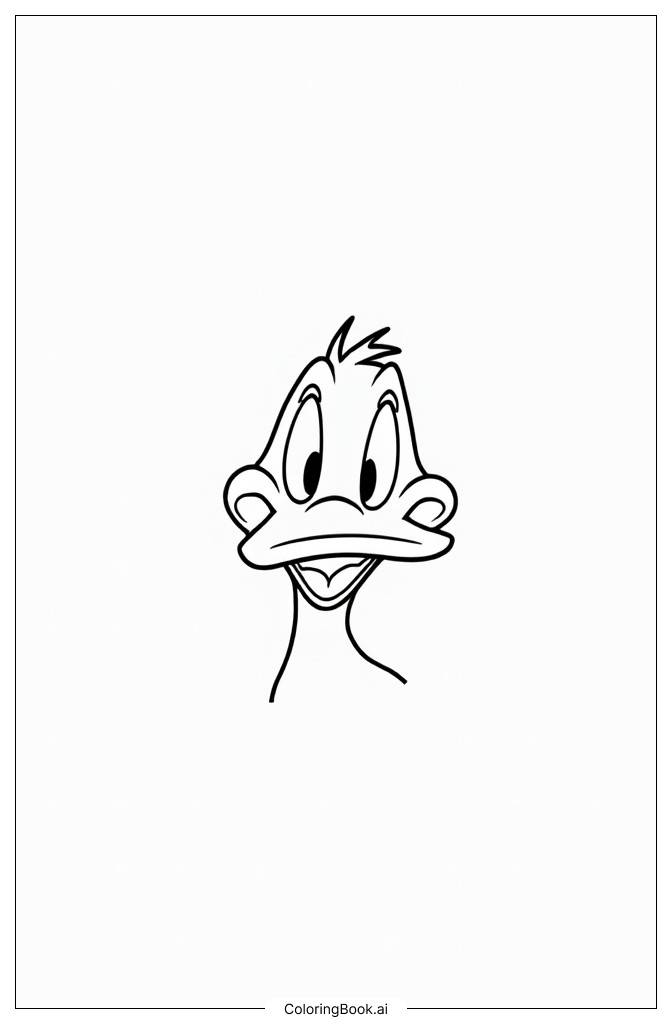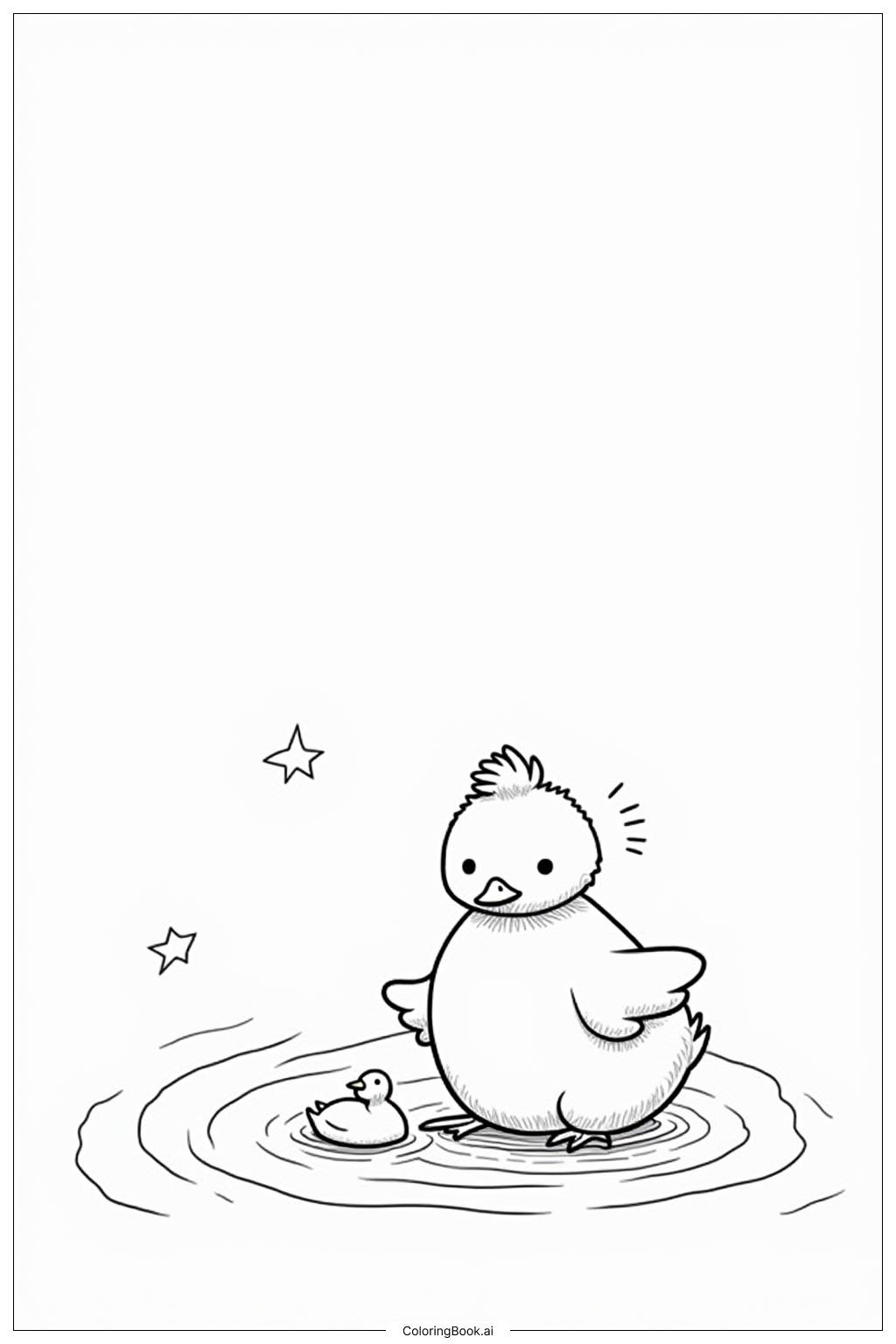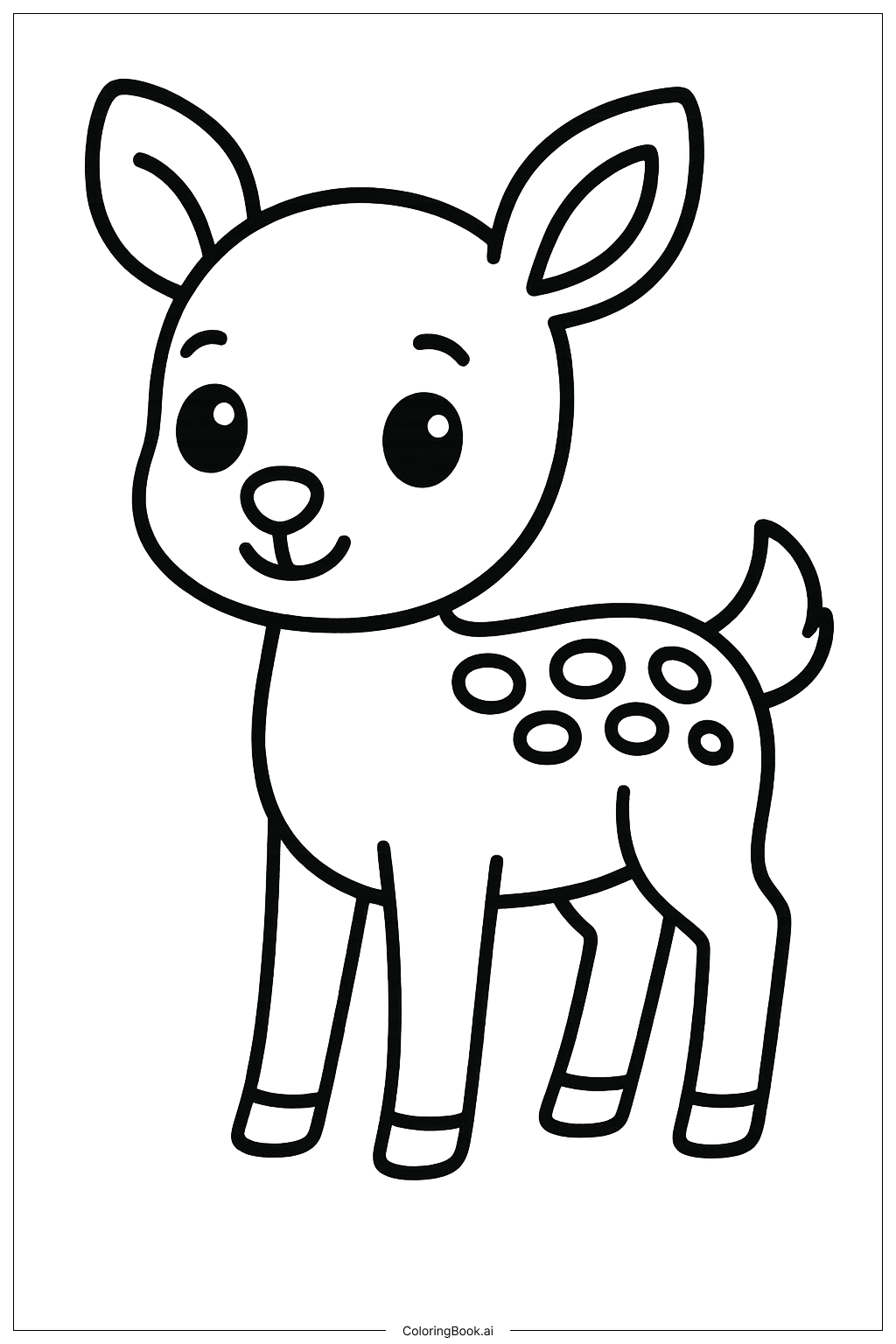Coloring tips: How to color Dinosaur Eating Leaves coloring page well?
Use bright green colors for the dinosaur's body and spikes to make it lively. For the leaves, use different shades of green to add variety and dimension. The dinosaur's eyes can be colored black with a small white spot to show a shiny effect. Its mouth and tongue can be colored pink or red to make it look more realistic. The background can be left white or colored light blue to represent the sky. Use smooth strokes and try to stay inside the lines to make the picture look neat and clean.
Coloring challenges: Which parts are difficult to color and need attention for Dinosaur Eating Leaves coloring page?
1. Coloring the small spikes on the dinosaur's back can be challenging due to their size and shape. 2. Coloring the leaves with veins requires careful attention to detail to avoid coloring over the lines. 3. The dinosaur's fingers and toes are small, which can be tricky to color neatly. 4. Adding shading to show depth on the dinosaur’s body might be difficult for beginners. 5. Choosing the right colors that look natural and appealing together can be a bit hard for young children.
Benefits of coloring books: Advantages of drawing Dinosaur Eating Leaves coloring page
Coloring this picture helps improve fine motor skills as kids use their hands to color inside the lines. It encourages creativity by allowing children to choose different colors for the dinosaur and leaves. The activity also teaches patience and concentration as they carefully fill in different parts of the picture. Coloring a friendly dinosaur and a plant fosters an interest in nature and prehistoric animals. Overall, it's a fun way for children to develop artistic skills and learn about dinosaurs.

